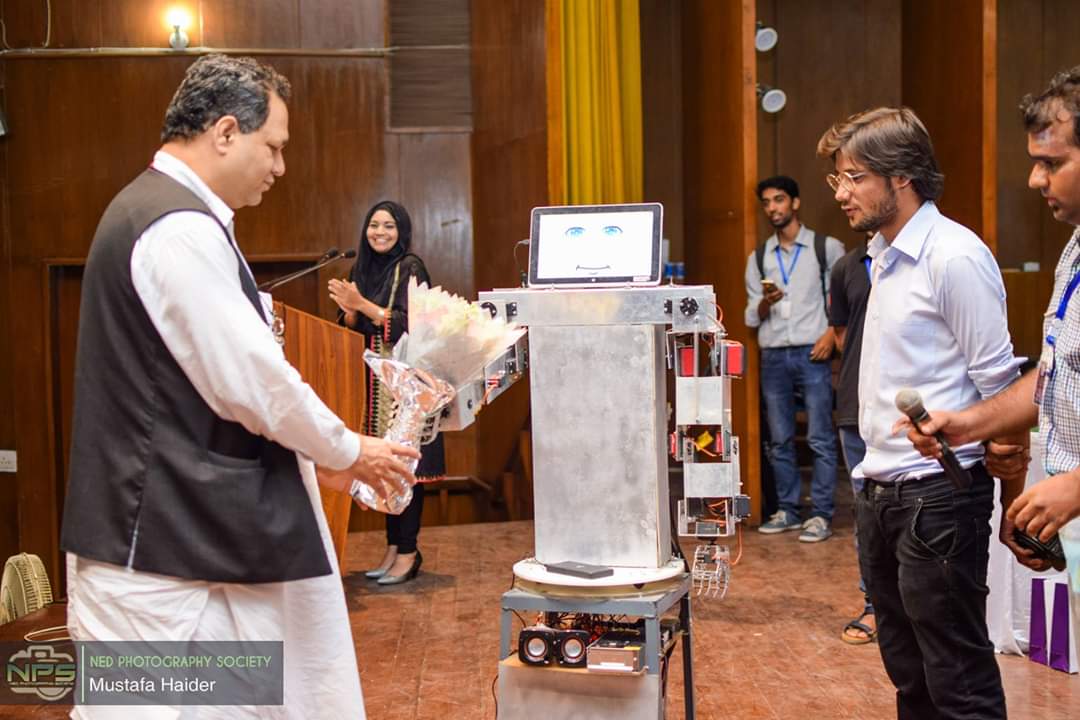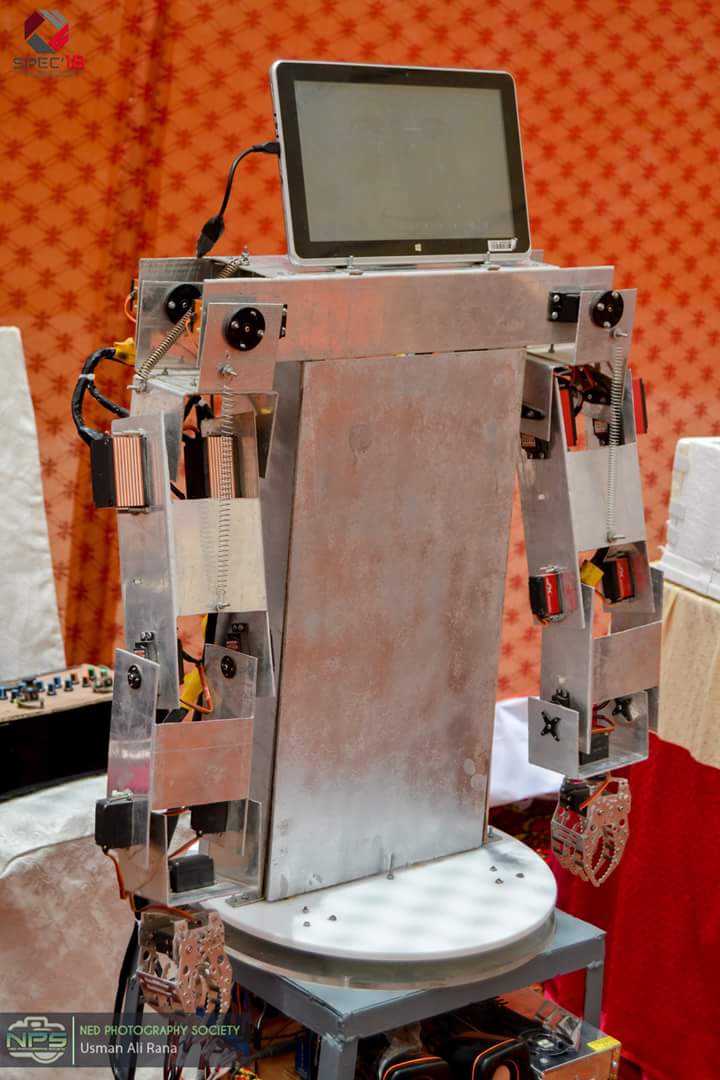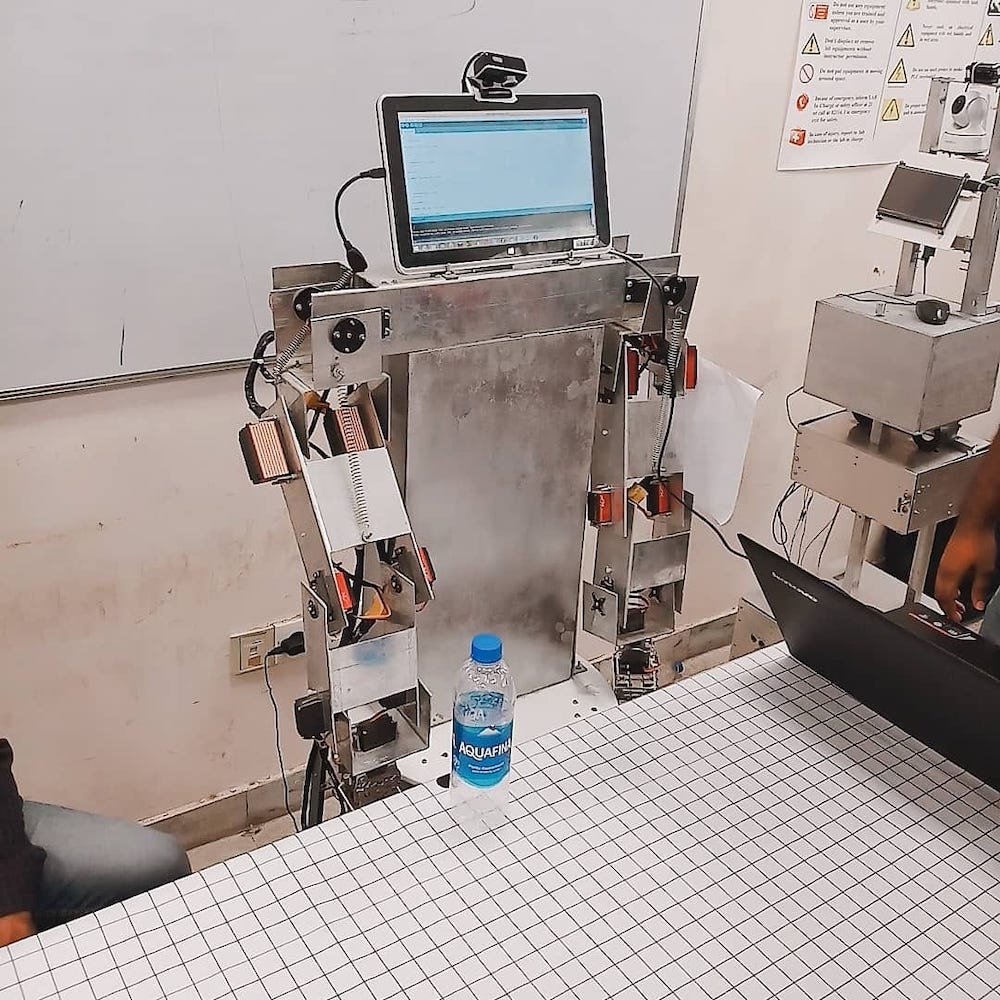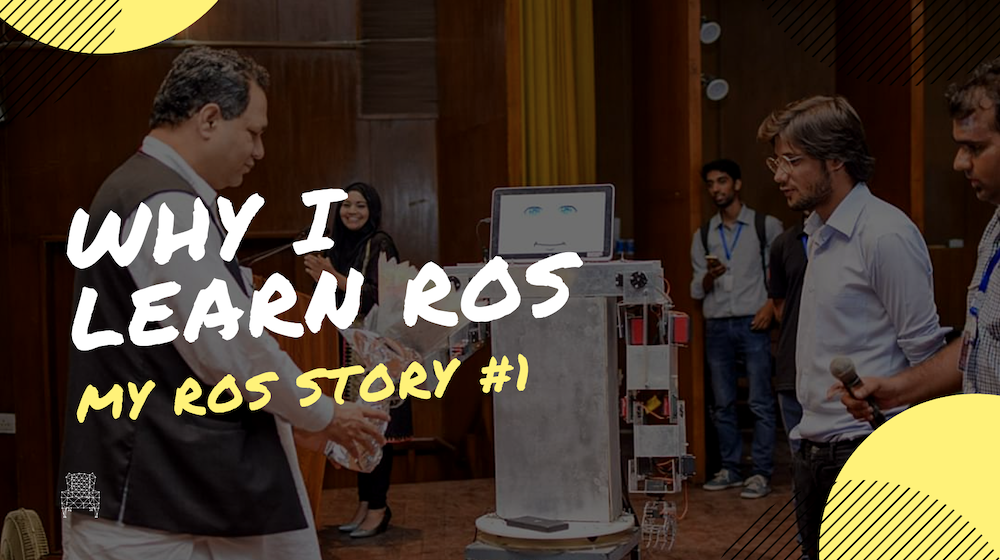What follows is the ROS story of Shahram Najam from Pakistan. Shahram is a ROS student at the Robot Ignite Academy, and he wanted to share his ROS engagement with all of us.
Why ROS?
So, for this article, it would be appropriate to give a brief background of who I am and what are my credentials. So, my name is Shahram and I am enrolled as an undergrad student in one of the most renowned universities of Pakistan, NED University of Engineering and Technology with my major being in Electronics with a specialization in Robotics.
One of the most common questions I come across, (which evidently I had in my mind as well as beginner somewhere in time as well) is “What is ROS?” and “Why should I learn ROS?”. So these are the questions that I will be addressing in my brief article today and share my personal motivation and experience that led me down the mysterious pathways of ROS.

What is ROS?
Ever since its inception back in 2007, the popularity and importance as a universal framework has grown exponentially and now the ROS community is based on researchers and hobbyists alike. Everyone irrespective of their background is mesmerized by the “Esoteric-World” of ROS. So it would only be fair to introduce ROS in the simplest of manner.
ROS is an acronym of “Robotics Operating System”. It is obviously not your traditional “Operating System” like Microsoft Windows, Linux or Mac OS, rather it is a “meta-operating system” for a robot (Aerial robots/drones, Humanoid Robots, UGV, etc.), which provides relevant services one would expect from an OS to control and communicate between the various components of the robot to function seamlessly. In short, ROS is a flexible and universal framework for writing and publishing software for robots. Due to its vast community there are readily available libraries and tools that could be used as “out of the box” solutions that could be used across a wide variety of platforms for emulating robust and composite behavior of robots i.e. the concept of ROS was conceived with only one thing in mind, and that was to make the robotic software reusable across various platforms without being interlaced with the hardware of any specification.
Why ROS is the best option to become a robotics developer?
In the modern-day and age of computer, practically everything is being taken over by computers for automation; and the backend for any of these systems there exists a robust software. For those who have been a part of software development would opt with my point that software development can be quite a time consuming, and that is why most of us try to utilize the readily available frameworks that offer tools and conventions to streamline and speed up the development process and be unobtrusive, modular and efficient.
Likewise, before the advent of ROS, most of the time during research projects was invested in re-implementing the software infrastructure such as drivers for embedded electronics, actuators and sensor networks, defining communication protocols etc. for formulating algorithm for advancements in robotics research and very brief period of time was actually dedicated towards the actual research for intelligent algorithms for intelligent robots.
ROS is nothing short of a miracle and time-saver for any robotics developer in this era of robotics. The ROS community has sky-rocketed and now on daily basis state-of-the-art robotics tools, libraries and packages are being published and open-sourced by various researchers and industries which can be used as modular building blocks for building a robust foundation for any project and to simulate its behavior without the constraints of hardware availability and costs. This is especially a win-win situation for any robotics developer irrespective of his/her background; be it a hobbyist looking to make a savvy line follower robot using image processing and a sensor network or be it a researcher to implement the state-of-the-art mobility or control technique, presented just days before in a conference, for further improvements or be it an industry looking to implement the latest update seamlessly to its network of robots on the assembly line without cessation of production. The question isn’t “Why should I become a ROS developer” rather the question should be “Why shouldn’t I become a ROS developer?” given the strong community support and easily reproducible state-of-the-art tools available.
Why do I want to be a ROS developer & What do I plan on using ROS for?
Well like many others, I have always been fascinated by robots and so this fascination and alacrity led me towards the world of embedded systems for robotics. As my capstone research project in my final year, I decided to work on Pakistan’s first-ever human-sized Humanoid Robot “I-Force” due to my obsession with human-machine interaction. Instantly I ran into a world of problems when the software development phase has begun. It was quite difficult to mix and match various tools for actuator control, image processing, etc. and to implement the state-of-the-art algorithms. So this was the time when I was desperately looking for a way out of robotics and change my specialization to something else in the domain of electronics. That’s when I came across the esoteric yet wonderful world of ROS.


The more I read about ROS, the more I fell in love with it. So I decided to incorporate ROS in my humanoid robot “I-Force”. In its current state it is able to detect any object (without concept) using low-level image processing algorithm and localize its location in 3D space, this location is then used to determine the parameters like actuator position, sweep velocity, etc. using inverse kinematics technique and pick the object with the end-effector, which in my case is a claw. As a ROS developer porting the entire system onto ROS and incorporating decision making capability aided by AI to learn optimum strategies of detecting objects with context in high dimensional space state and implement Reinforcement Learning RL using the various tools that ROS has to offer. The sheer amount of data required for this is quite impractical to “teach” robot these capabilities, so a simulation on ROS could be used to train and transferring this useful “insight” from the state-of-the-art deep learning and RL models to the actual robot (this approach is readily being used for training warehouse robots, UGV, drones, etc.).
Why did I consider Robot Ignite Academy as the best place to learn ROS?
While searching for a comprehensive step-by-step tutorial for learning ROS from the ground up, I came across various books, video tutorials, and blog posts, but none were as comprehensive and exhaustive as in Robot Ignite Academy. The way clear paths are defined with a series of courses with hands-on exposure rather than just chugging down theory to reach a specific goal is truly an amazing concept, and all of this without the need of any ROS installation on a local system.
Author: Shahram Najam Syed






good